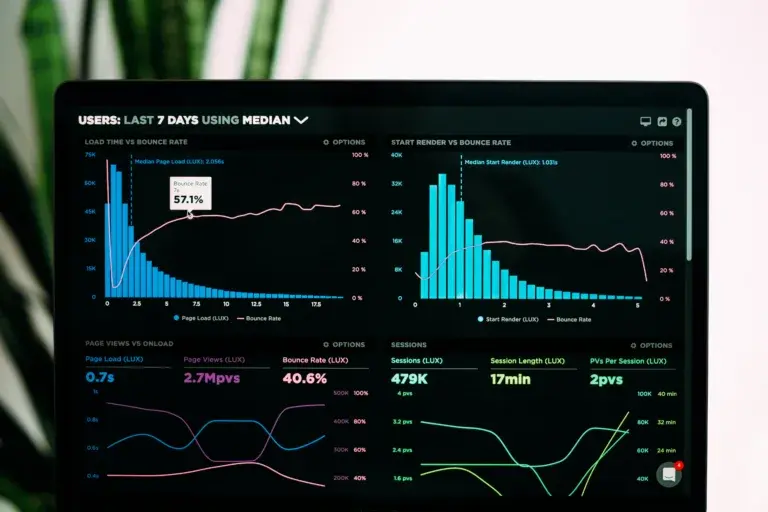In today’s digital landscape, writing a blog post isn’t just about sharing your thoughts—it’s about making sure your content is seen. You could craft the most insightful, engaging piece ever written, but if search engines don’t recognize it, your audience won’t either. SEO optimization is the key to making your content discoverable, boosting search engine ranking, and ultimately driving organic traffic to your website. But how do you do it effectively?
Let’s break it down:
1. Start with Strategic Keyword Research
Before you type a single word, you need to understand what your audience is searching for. Keyword research is the foundation of SEO-friendly content because it helps you align your blog with the terms and phrases that matter most to your target readers.
Here’s how to find the right keywords:
-
Use tools like Google Keyword Planner, Ahrefs, or SEMrush to discover relevant search terms.
-
Look for long-tail keywords (phrases with three or more words) that reflect specific user intent.
-
Analyze your competition—what keywords are top-ranking articles using?
-
Prioritize keywords with high search volume and low competition.
Once you have your primary keyword, identify related keywords and LSI (Latent Semantic Indexing) terms to sprinkle throughout your content. This helps Google understand the broader context of your post.
2. Optimize Your Blog with On-Page SEO Techniques
Once you have your keywords, the next step is implementing on-page SEO strategies. This means structuring your blog in a way that’s easy for search engines to crawl and index.
Here’s what to focus on:
-
Title Tag: Make sure your title includes your primary keyword and is under 60 characters.
-
Meta Description: Write a compelling meta description (around 155 characters) that includes your keyword and entices readers to click.
-
Headings (H1, H2, H3): Use clear, hierarchical headings to improve readability and keyword placement.
-
URL Structure: Keep your URL short, descriptive, and keyword-rich (e.g., yoursite.com/seo-friendly-blog-posts).
-
Internal & External Links: Link to relevant internal pages to boost engagement and include external links to authoritative sources like Forbes to build credibility.
-
Image Optimization: Compress images for faster loading, use alt text with keywords, and ensure they add value to your content.
3. Craft High-Quality, Engaging Content
SEO isn’t just about pleasing search engines—it’s about creating valuable content that keeps readers engaged. Google’s algorithm rewards high-quality, well-structured content that satisfies user intent.
To make your blog post compelling:
-
Write in a conversational, reader-friendly tone.
-
Use short paragraphs and bullet points to improve readability.
-
Include data, examples, and real-world insights.
-
Avoid fluff—every sentence should provide value.
-
Incorporate visuals like images, infographics, and videos to keep readers engaged longer.
According to Forbes, high-quality content remains the most crucial factor for long-term SEO success. If your content genuinely helps users, they’ll stay longer on your page, reducing bounce rates and signaling to Google that your post is valuable.
4. Improve Readability and User Experience
A blog post that’s difficult to read won’t keep visitors around for long. Search engines prioritize content that delivers a smooth reading experience. Here’s how to enhance it:
-
Use simple language—write for an eighth-grade reading level.
-
Break up text with short paragraphs, headers, and white space.
-
Make key points stand out with bold text, bullet points, or numbered lists.
-
Ensure fast page speed—a slow website can kill rankings. Use Google’s PageSpeed Insights to check your load time.
5. Leverage Internal Linking for SEO Power
Internal linking is one of the easiest ways to improve SEO and keep users engaged. It helps search engines discover new pages on your site and improves user navigation.
Best practices for internal linking:
-
Use descriptive anchor text (not just “click here”).
-
Link to relevant content—don’t force a connection.
-
Avoid overloading links—too many can feel spammy.
6. Optimize for Mobile and Voice Search
More than 60% of Google searches come from mobile devices, and voice search is growing rapidly. Ensuring your blog is optimized for these trends is crucial.
-
Use a mobile-responsive design so your blog looks great on all devices.
-
Write in a conversational tone—this aligns with how people phrase voice searches.
-
Target question-based keywords (e.g., “How do I write an SEO-friendly blog post?”).
7. Promote Your Blog for Maximum Reach
Even the best SEO-optimized content won’t rank without promotion. After publishing your blog, take these steps to maximize visibility:
-
Share on social media platforms (Twitter, LinkedIn, Facebook, etc.).
-
Engage with online communities (Reddit, Quora, niche forums).
-
Send it to your email list—subscribers are already interested in your content.
-
Encourage backlinks by reaching out to industry influencers or guest blogging on reputable sites.
Take Your Content Strategy to the Next Level
Mastering SEO optimization takes time, but implementing these steps will significantly improve your search engine ranking. By focusing on keyword research, on-page SEO, and a strong content strategy, you can create blog posts that not only rank well but also provide genuine value to your audience.
Now, it’s your turn! Start optimizing your content today and watch your traffic grow.
































